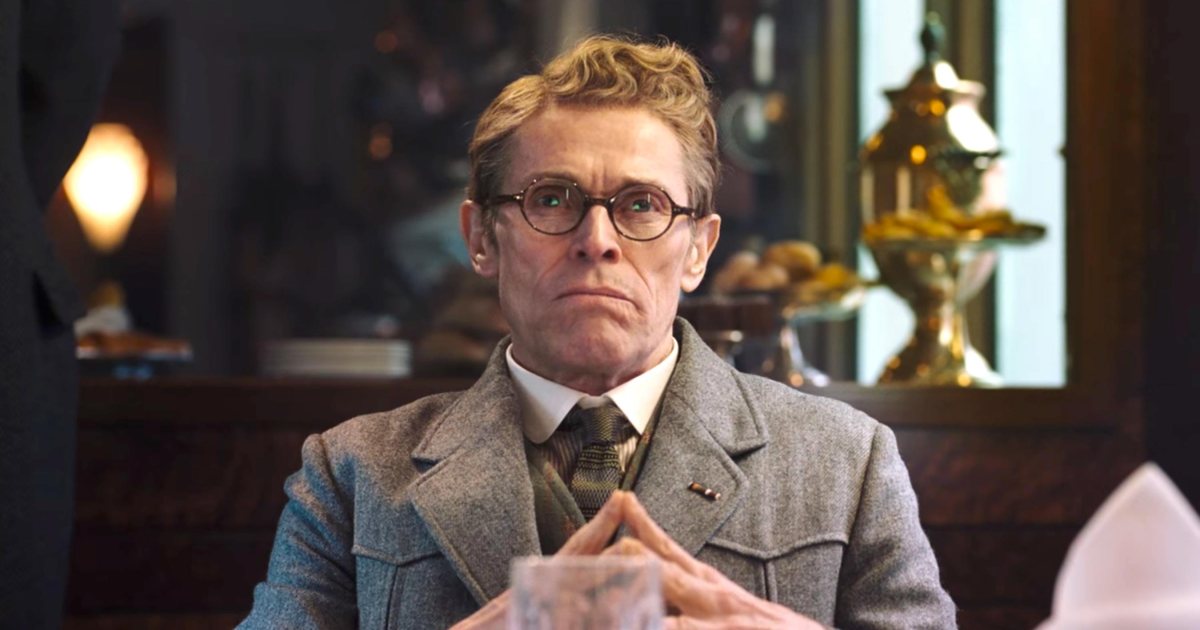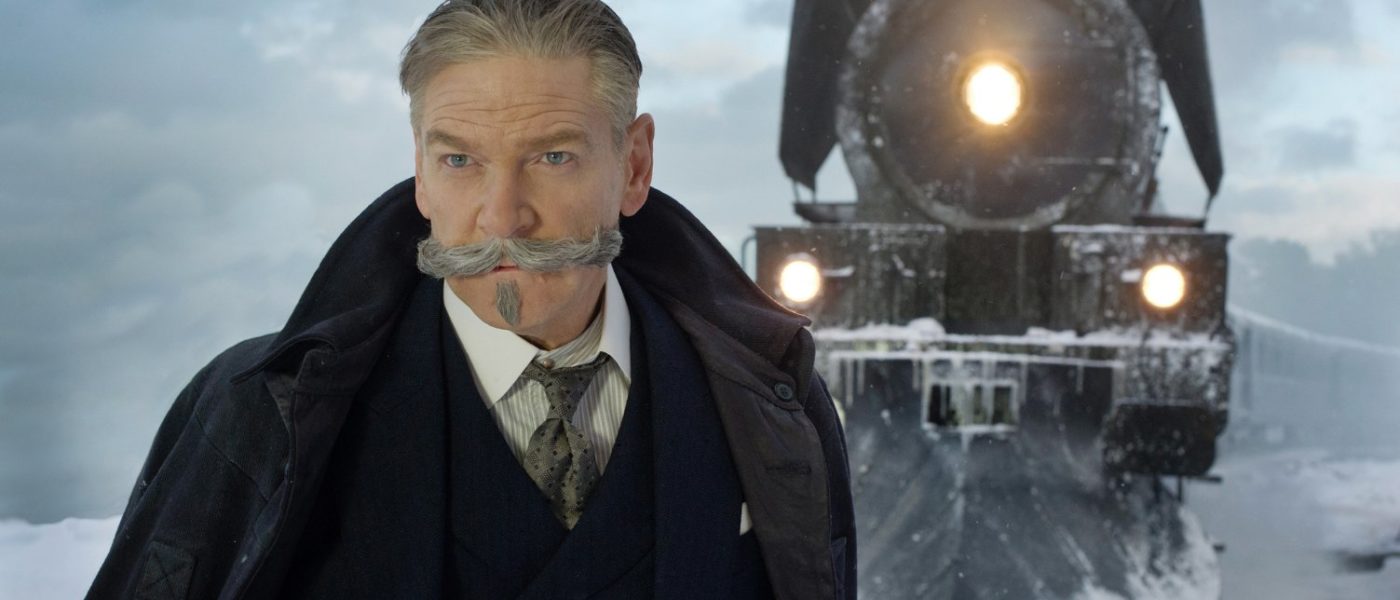Agatha Christie’s Detective Hercule Poirot is Back on the Case in the Latest Remake of this Classic Who-Dunnit!
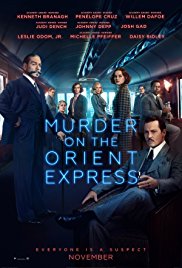 Director: Kenneth Branagh/2017
Director: Kenneth Branagh/2017
As is the case with films that have been remade multiple of times, a director bringing such a work back out for audiences will have an immediate uphill climb to appease fans of the original, and in this case the fans of the Agathe Christie novel. They also must seek to draw in those who haven’t seen the previous incarnations, or read the source material. Given this difficult situation, Kenneth Branagh’s latest update of Agatha Christie’s classic novel, Murder on the Orient Express, is not the mess that at least the last two versions have been, even if it doesn’t quite live up to the revered 1974 edition.
Kenneth Branagh, in addition to directing the film, also stars as Christie’s classic Belgian detective Hercule Poirot. He is depicted as a man who lives in a world of absolute black and white when it comes to the notions of right and wrong, and especially as it applies to learning the truth. His gift, he claims, is to see the world as it should be, and to see the cracks that reveal it is not, so that he can solve a crime and restore what was broken. While many see this as a gift, we see that for Poirot it can also be a curse.

Branagh’s Poirot is a callback in some ways to the Albert Finney version from 1974, with more of a sidestep towards Shakespeare, albeit with an impressive mustache. After solving a mystery in 1934 Jerusalem between a priest, a rabbi, and an imam, Poirot longs for a holiday, and gets one in the form of an invite by an old acquaintance named Bouc (Tom Bateman), to ride on his luxurious train, The Orient Express. As fate would have it, and the title announces, murder will take place, and Poirot will have to shelve his holiday plans and his desire to simply read his Charles Dickens book and apply his skills once more before a killer strikes again.
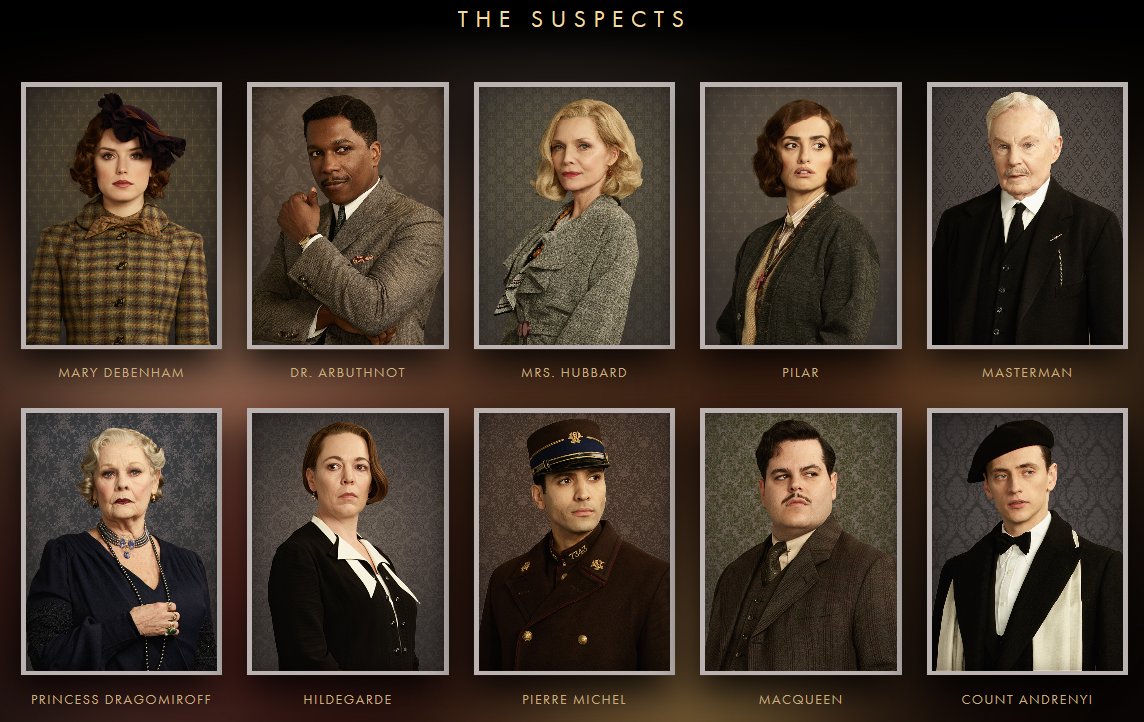
Joining Poirot on the train is a cadre of characters from different parts of the world, who will all be drawn together into a web of murder and mystery. For those who are unfamiliar with the novel, or the many film versions, I won’t bother discussing each character, allowing the film to do that for you. The cast that portrays these characters, however, is an impressive one. Even if you aren’t familiar with all of them at first glance here, you will probably recognize all of them when you see them up on the screen. The cast includes: Penelope Cruz, Willem Dafoe, Daisy Ridley, Leslie Odom Jr., Josh Gad, Johnny Depp, Derek Jacobi, Lucy Boynton, Michelle Pfeiffer, Dame Judi Dench, and Olivia Colman.

The film itself is a beautiful thing to watch. Shot on 65mm film, joining Dunkirk, The Hateful Eight, and The Master as the more recent films to embrace this once larger-than-life medium, director of photography Haris Zambarloukos has a wide canvas to draw out the varying topography and landscapes that populate this journey. From the middle East to snow-capped mountains, to the 1930’s era dining cars, it really works on film in a way that digital wouldn’t do justice.
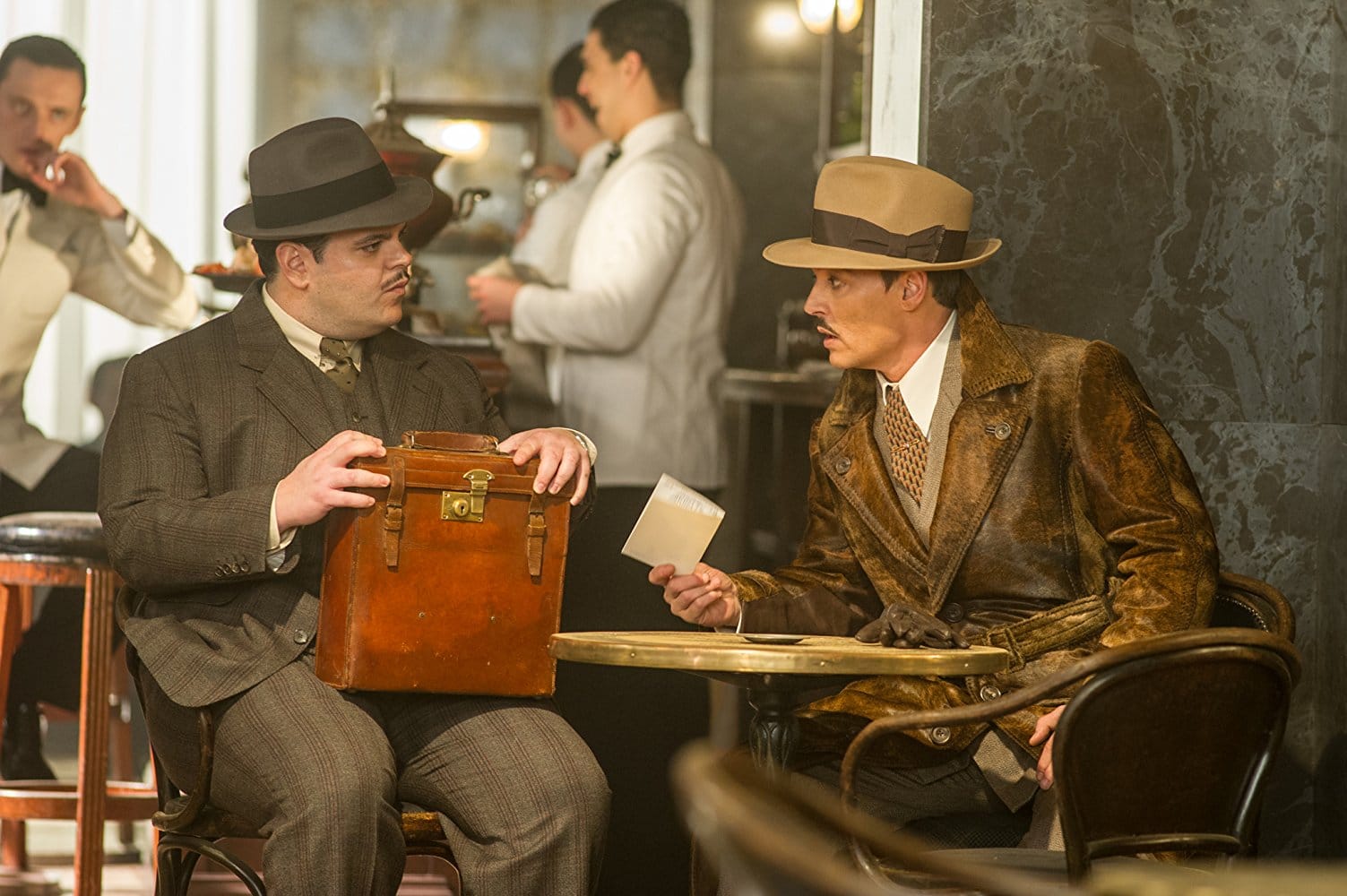
As a story set in the 1930’s, Branagh’s directorial approach is also one that is reminiscent more of Hollywood’s golden age of around the same time period. This will either please the audience, as this sort of approach suits a tale published 83 years ago, or it will frustrate those who crave a more fast-paced and modern approach.
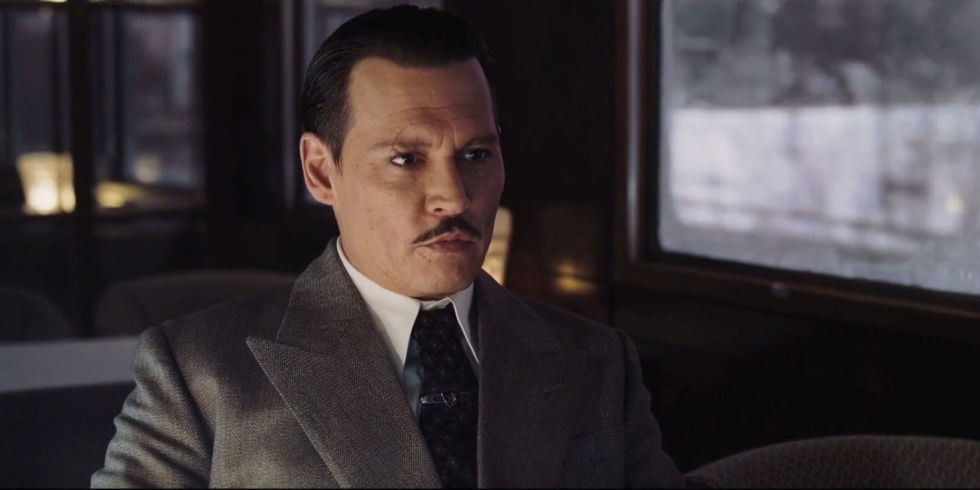
All of this to say, that the story is laid out in a more deliberately-passive approach where you, the viewer, are supposed to be watching the mundane details of each character as they board the train, walk through a train station, sip a cup of coffee, etc., to gather your own clues alongside Poirot, instead of having it all delivered to you in rapid succession by Poirot himself or through the camera’s intentional gaze on details it wants you to get. Christie’s writing, and even the 1974 film interpretation, is laid out more like the former approach, and so Branagh has tried to hearken back to that approach, even if the marketing of this film has been done in a very modern way. Like I said, your mileage will vary with this approach and will probably determine how well you enjoy the film or not.
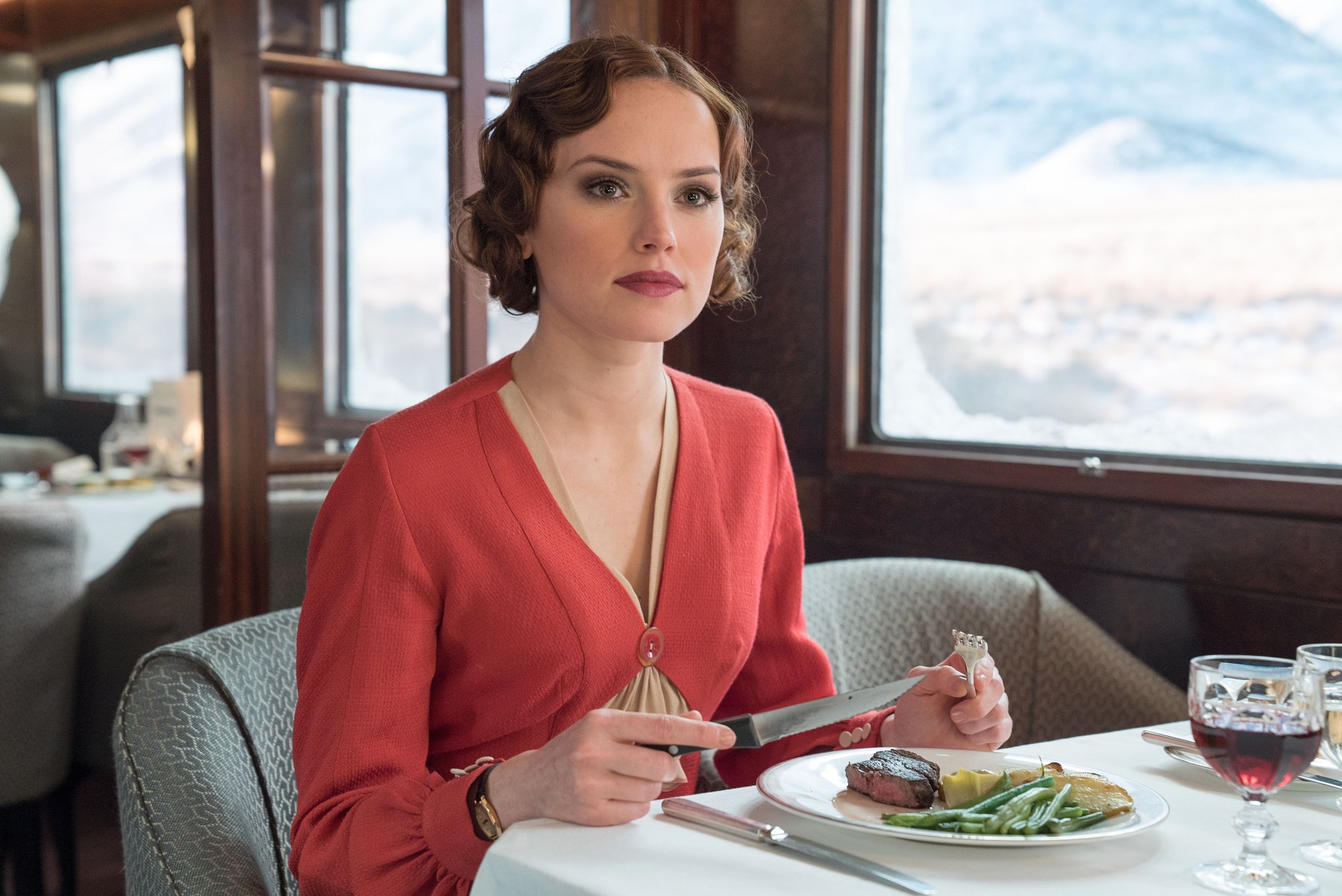
With this large of a cast, some characters are not given much of a chance to truly shine, but in terms of an ensemble, this cast works very well. Of particular note, we get to see a bit more of Daisy Ridley outside the context of Star Wars, and Leslie Odom Jr., who has many more roles in television than film, will get a chance to be seen on the big screen in a higher profile film like this, which really suits him. Hopefully we will see more of him in film in the future.
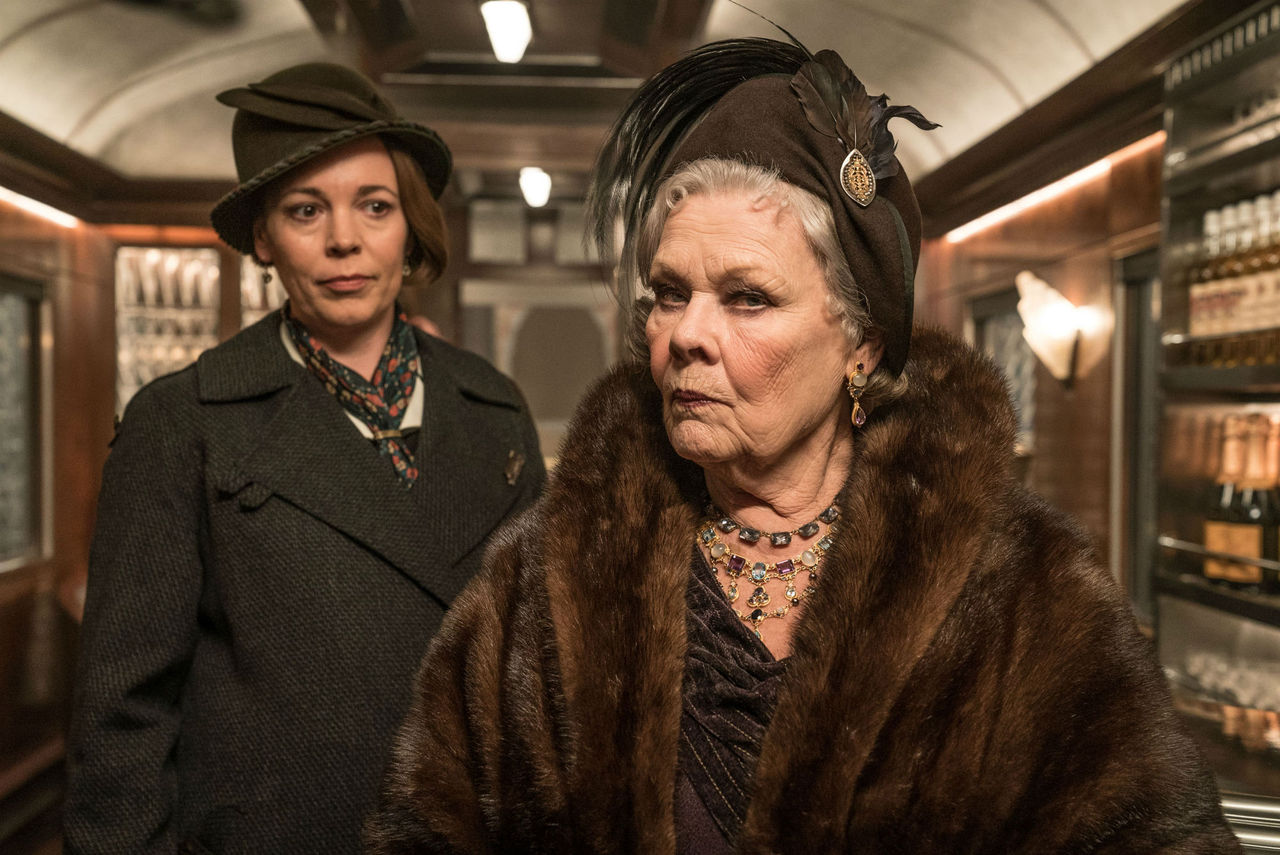
Johnny Depp does a strong job in what is now an extremely rare occurrence where he plays a regular guy sans make-up, and outlandish outfits or hats. There is way too little of Penelope Cruz here, as well as Dame Judi Dench. Following The Florida Project this year, it would have been great to have more of Willem Dafoe going head to head with Branagh’s Poirot.
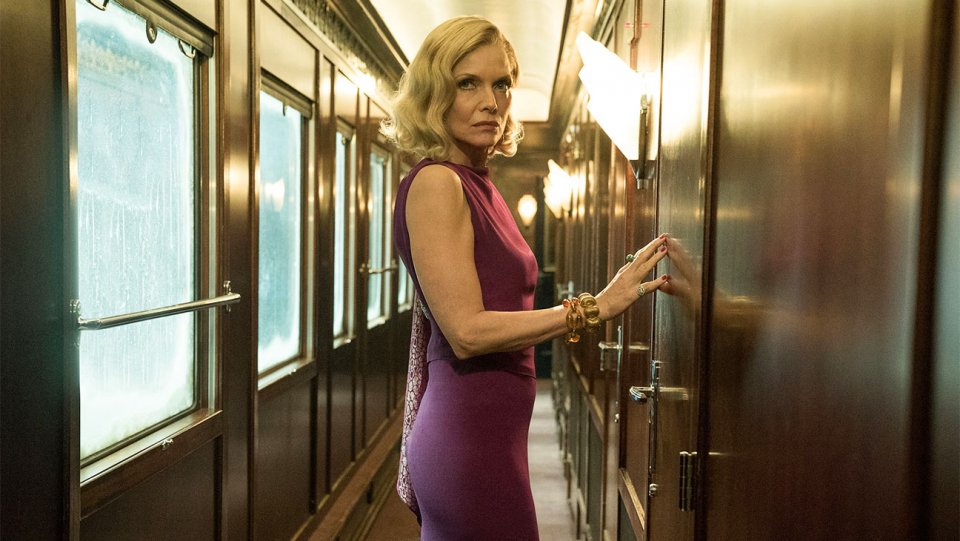
The Murder on the Orient Express (2017) certainly surpasses the 2006 and 2001 versions, but most will probably still prefer the way the story is laid out, and perhaps the cast, in the 1974 classic. Branagh’s version is at least a fun time at the movies, which given the holiday season we find ourselves in, we can at least be “thankful” for that. Even though it is simply a middle-of-the road average film, it is a gorgeous looking film that is well directed and acted. Based on how audiences respond to the slower, passive build-up, that I described earlier, will decide if this version of Murder on the Orient Express is more likely to murder the competition at the box office, or be the one that is slayed.
